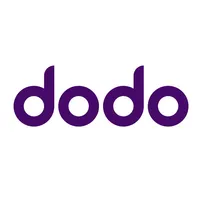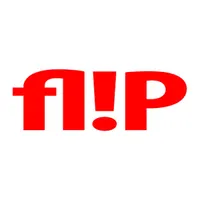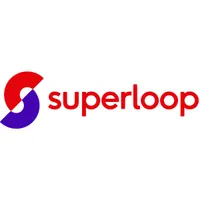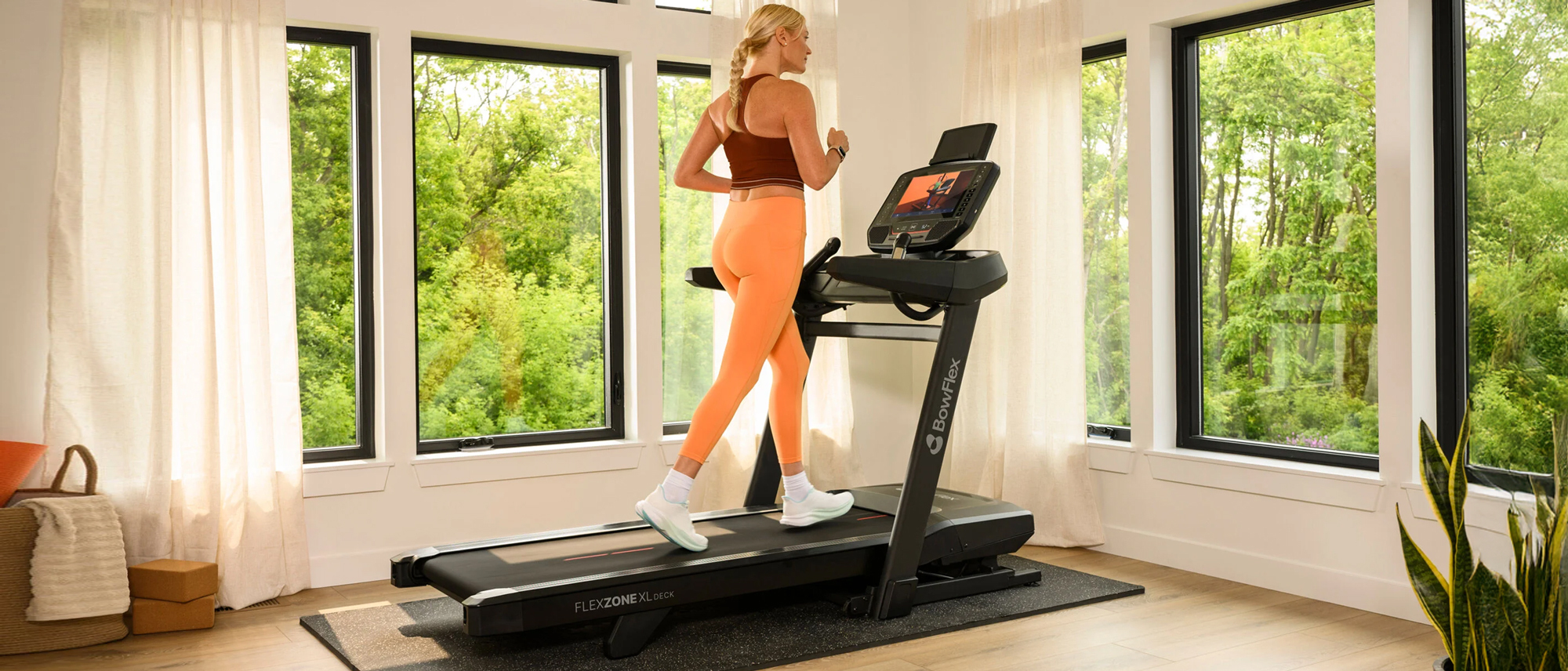Best NBN 750 plans: which providers take the lead for this speedy 250Mbps replacement?
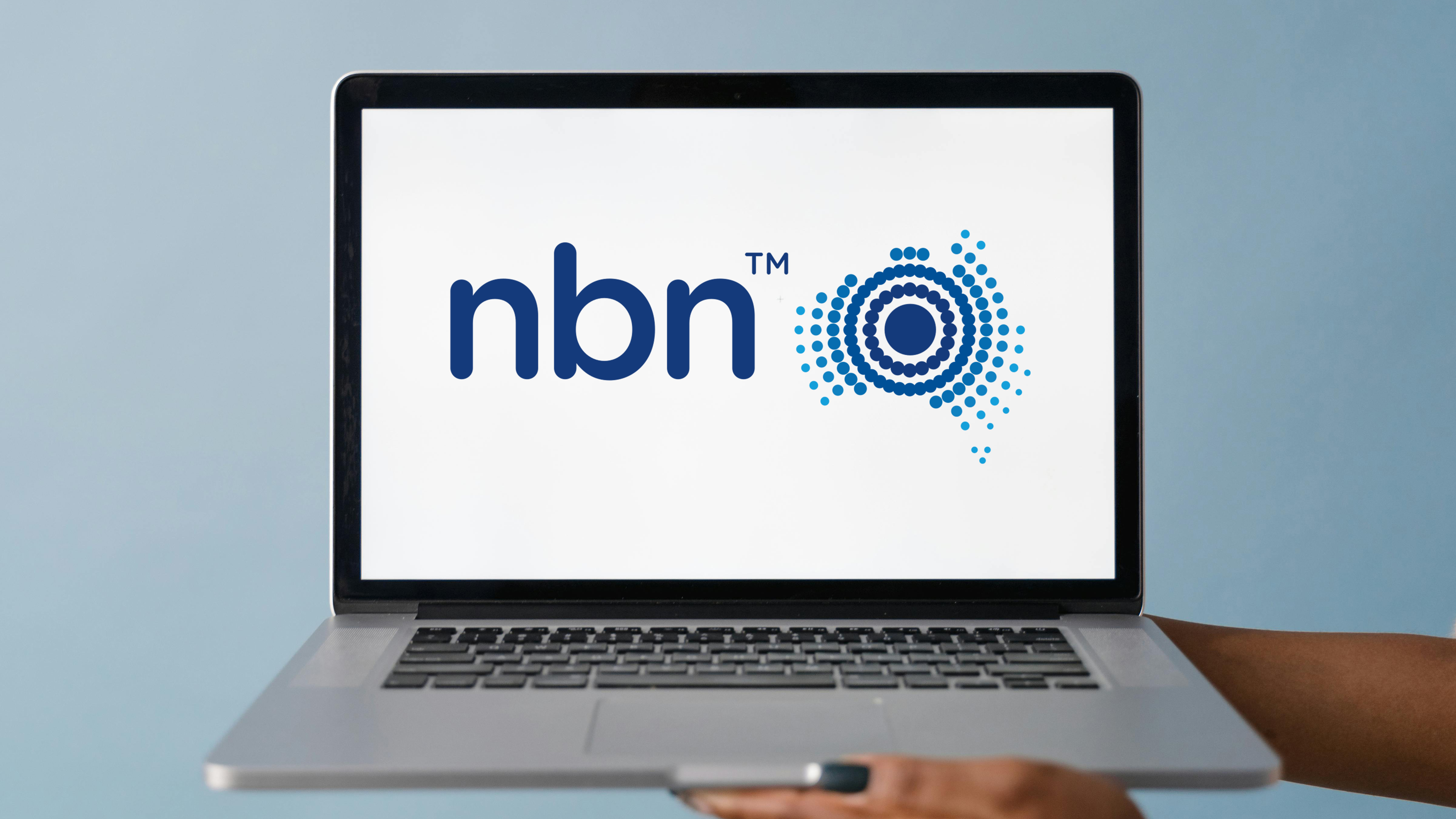
In September, Australia's NBN landscape was impacted by some generous wholesale speed boosts and new turbocharged tiers. This includes the newly minted 'superfast' tier, skyrocketing existing 250Mbps plans to a mega 750Mbps for those on FTTP or HFC connection types.
With those speed changes, NBN Co tripled the wholesale download speeds of NBN 250 plans to 750Mbps, and doubled the upload speeds from 25Mbps to 50Mbps – all for no extra cost. This means the 'superfast' tier, as we know it, has undoubtedly been replaced by a new turbocharged successor.
While the wholesale speed changes were confirmed some time ago, there are still plenty of questions surrounding the new NBN 750 tier and what this means for Aussie consumers — especially those on existing Superfast 250Mbps plans.
We've gathered all the best answers on what to expect from the new speed boost, pricing, connection types and more, below.
Best NBN 750 plans
Dodo | AU$79.99p/m (for 12 months, then AU$99.99p/m)
With this introductory offer, Dodo's Superfast 750Mbps plan savings come in at AU$240 for the first 12 months. But what's mighty impressive about this offer is that its ongoing rate is well under the average of AU$106.55 for the tier.
And it only costs AU$1,199.88 per ongoing year after the discount ends. We find this fee to be relatively modest, especially when compared to competitors' exorbitant costs, like Telstra's AU$1,560 or Optus' AU$1,428 yearly rates.
Total minimum cost: AU$79.99 | Total first year cost: AU$959.88 | Yearly cost after discount: AU$1,199.88
Flip | AU$78p/m (for 4 months, then AU$89.90p/m)
Flip currently offers the cheapest NBN 750 plan, saving you AU$47.60 in the first year. Flip's Super Speed plan (which advertises typical evening downloads of 750Mbps) will set you back just AU$1,031.20 for the first 12 months.
And don't assume that a cheap plan means a cheap service, as there's a wealth of positive reviews online at ProductReview.com.au. If you have the connection type to support it, this budget-friendly plan could be the right option for you.
Total minimum cost: AU$78 | Total first year cost: AU$1,031.20 | Yearly cost after discount: AU$1,078.80
Superloop | AU$74p/m (for 6 months, then AU$104p/m)
It’s a bit too early to have accurate ‘typical evening speed’ numbers for Superloop's new plan, but theoretically, it’s capable of 750Mbps downloads and 50Mbps uploads. Superloop's Megaspeed plan will net you AU$180 worth of savings in the first half year, before the price increases to AU$104p/m ongoing.
Superloop's NBN 750 plan optionally comes with a free Amazon Eero 7 router, works on a no-lock-in contract basis and has five free Speed Upgrade Days every month, so you can boost to the next tier of NBN 1000.
Total minimum cost: AU$74 | Total first year cost: AU$1,068 | Total yearly cost: AU$1,248
NBN 750 FAQs
How fast are NBN 750 plans?
According to the NBN Co, NBN 250 wholesale speeds will increase to a theoretical maximum of 750Mbps downloads and 50Mbps uploads.
If speed boosts are fully passed on by RSPs (and for traffic within Australia, there’s no obvious reason why they shouldn’t be), NBN 750 plans will therefore provide theoretical speeds of up to 750Mbps during the typical evening hours of 7pm-11pm. Upload speeds should also approach 50Mbps.
Do keep in mind that the 750Mbps figure is theoretical, meaning that not all customers will be able to access those speeds in the real world due to various factors including connection type, location and provider. However, considering most NBN 250 plans achieve close to their maximum theoretical speeds, it’s likely that RSPs will eventually pass on this boost to end users and increase their claimed typical evening speeds to match.
What we don't know is how these new speeds will impact international internet speeds, which travels beyond the NBN. International fibre pipelines connect Aussies to services and sites hosted in other countries, such as online games servers and streaming platforms. These speeds are largely dependent on each RSP's own capacity to handle international bandwidth, which can vary greatly.
Thankfully, major sites such as YouTube, Meta and Netflix have dedicated Australian servers, and the speed increase may fundamentally deliver faster connections to these platforms. However, for other sites hosted in overseas locations, some RSPs may not have enough bandwidth to simultaneously handle thousands of customers suddenly downloading at 3x their previous speeds — particularly during the peak evening hours.
How much do NBN 750 plans cost?
With NBN Co providing these speed upgrades to providers at no cost, NBN 750 plans should theoretically be priced similarly to NBN 250 plans — which, as of September 2025, is AU$107.17 per month. And that sentiment does ring true, with the average price of 750Mbps plans being AU$107.15 per month — that's a whole 2c cheaper!
NBN plan pricing does differ greatly between telcos, though, with the most expensive NBN 750 provider right now being Origin, which charges AU$129p/m. The cheapest provider is SpinTel, which charges AU$80p/m before increasing to AU$90.95p/m after six months.
Much like other NBN plans, it undoubtedly pays to shop around for the best NBN 750 deals.
What connection types are compatible with NBN 750 plans?
As with NBN 250 plans, NBN 750 will only be available to homes and businesses with either fibre-to-the-premises (FTTP) or hybrid fibre coaxial (HFC) connection types.
If you’re on another NBN connection type, such as FTTN, you’ll likely need to upgrade to a full fibre installation to access NBN 750 plans. Thankfully, many properties are eligible for NBN Co's free fibre rollout program, which is set to provide over 10 million households with 2Gbps-capable FTTP by the end of 2025. If you want to jump into the superfast lane but haven't upgraded yet, you can check your eligibility on NBN Co's website.
Should I switch to an NBN 750 plan?
If you're contemplating the switch to an NBN 750 plan, there are a few things you should consider. First off, your chosen NBN plan will depend on your household's internet needs and connection type. We've already covered the connection types you'll need above, so let's talk speeds.
If you're already on a 250Mbps plan and connect via HFC or FTTP, your plan should, in theory, automatically upgrade to NBN 750 with the speed boost. However, NBN 250 plans aren't the only ones getting accelerated this year. NBN 100 plans will get a 5x maximum speed increase to 500Mbps, and at a wholesale level, NBN 1000 plans will have their included bandwidth increased to support a minimum speed of 750Mbps. (This could, in turn, help more providers finally offer ‘true’ gigabit plans that reach 1,000Mbps typical evening speeds.) Alongside these increases, NBN 2000 plans have been introduced for FTTP and HFC addresses.
So, in essence, all NBN 100 plans and above should automatically get upgraded to faster speeds. You might wonder whether upgrading to an NBN 750 plan is really necessary, and to that, we say that if you're a heavy internet user, can afford it, or just want to test out these turbocharged speeds when they become available, then go for it. However, if you’re already on an NBN 100 plan, you may be satisfied with the 5x speed boost that’s coming to NBN 100, and find there's no need to switch plans or providers after all. And if you’re already on NBN 250, you might, in fact, want to consider downgrading from an NBN 250 to an NBN 100, which should still theoretically double your current speeds.
Get instant access to breaking news, the hottest reviews, great deals and helpful tips.

Lucy Scotting is a digital content writer for Tom’s Guide in Australia, primarily covering NBN and internet-related news. Lucy started her career writing for HR and staffing industry publications, with articles covering emerging tech, business and finance. In her spare time, Lucy can be found watching sci-fi movies, working on her dystopian fiction novel or hanging out with her dog, Fletcher.
